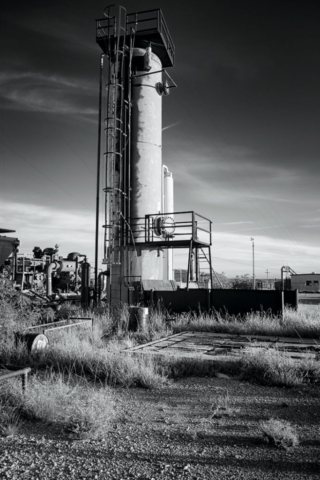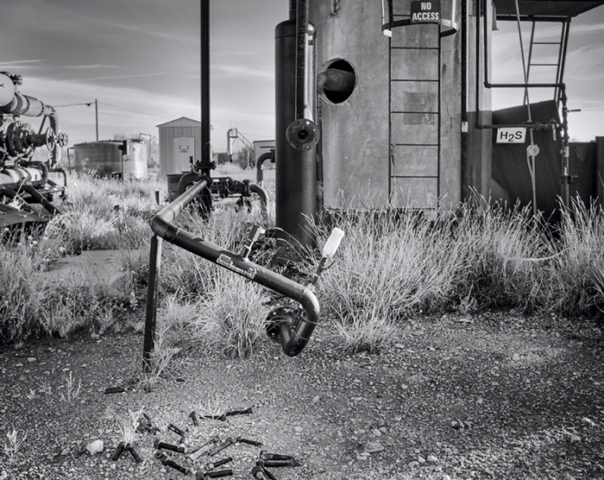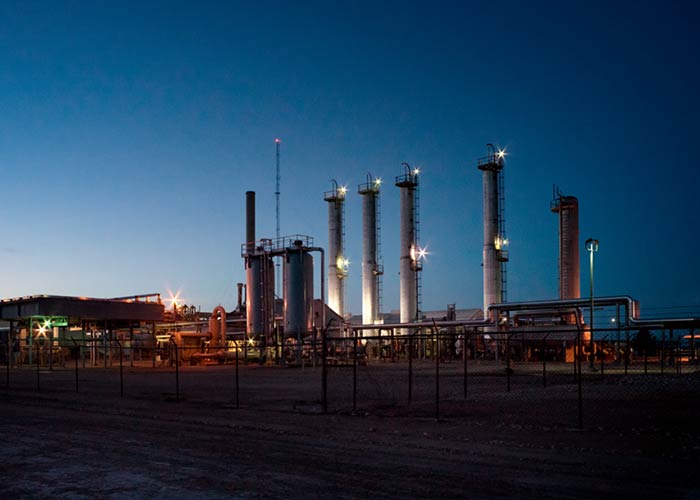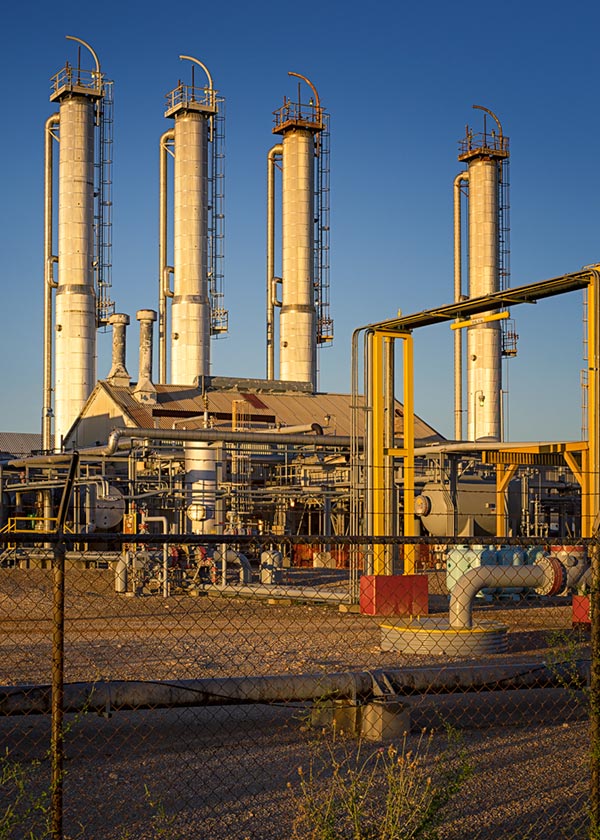Petroleum is at the core of business in Houston and much of Texas. People who live in the state understand the compromise involved in extracting mineral wealth from the earth. It is a messy activity that inevitably degrades the environment. So far the economic benefit of petroleum wealth has exceeded the damage for most citizens here. Regardless, it is difficult to persuade people to act against their own economic interests to regulate the business.
Outside of the cities, Texas is sparsely populated, rural and strongly maintains traditional values. The vastness and rugged beauty of the land is hard to convey. Just as an example, I enjoy spending time in the Big Bend region. In order to get to the Bend for a sunrise photo I have to leave San Antonio at 2:00am and drive 70-80 miles an hour the whole way. It is worth every minute of effort to experience the beauty found there.
Part of my route through West Texas usually takes me across the Edwards Plateau. Some areas of the plateau are known as the Texas Hill Country. They are the beautiful heart of Central Texas. Areas further north and west are rugged ranch lands dotted with tracts of oil and gas production. These are the places I like to photograph.
Out on the plateau you see mostly oil service vehicles and crude oil tankers on the roads by day, nothing at night. There are also stationary engines driving huge compressors working 24/7 squeezing natural gas into liquid. The remnants of obsolete equipment is often scattered around if you look hard enough in the right places.
Angular industrial tools set against barren natural landscape makes for dramatic photographs. Usually there are no people out there to ask questions. As they say, access is everything when it comes to taking photographs.




